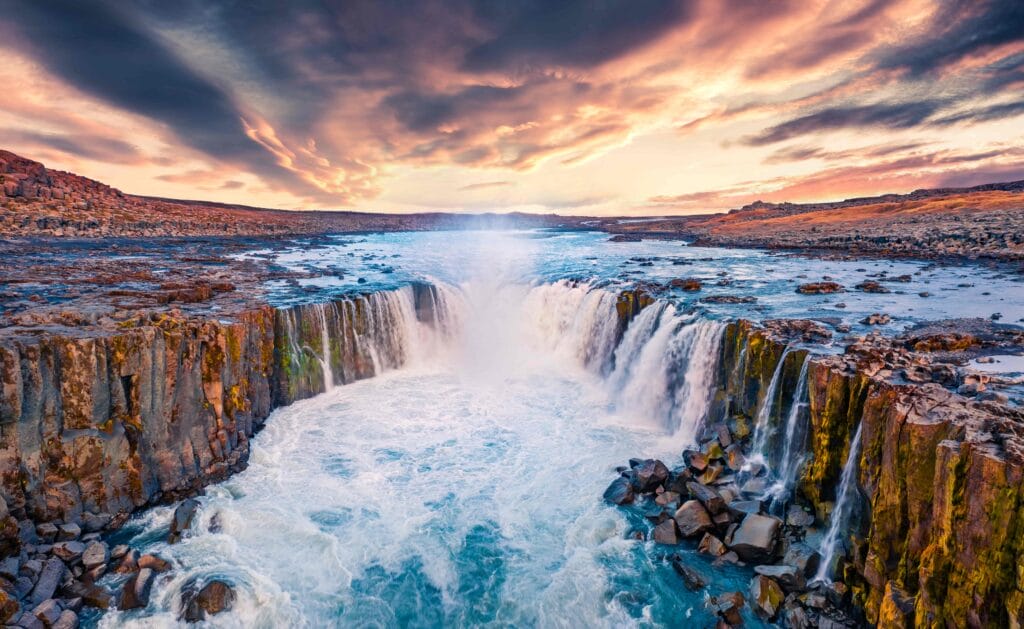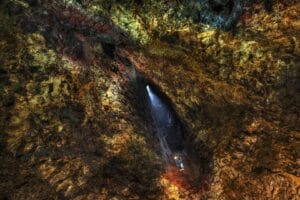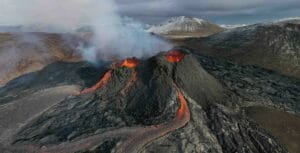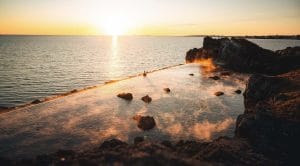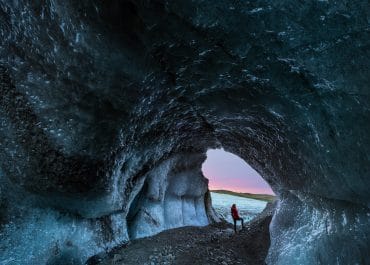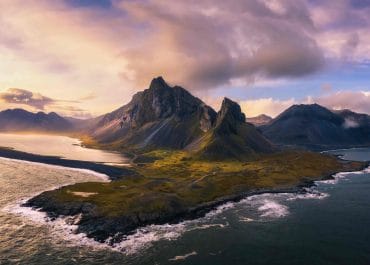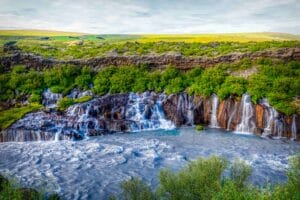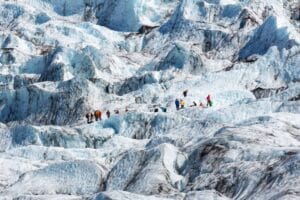
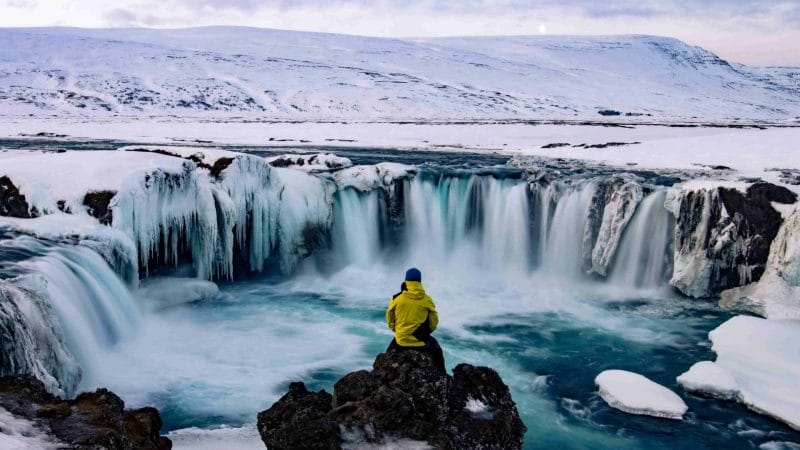

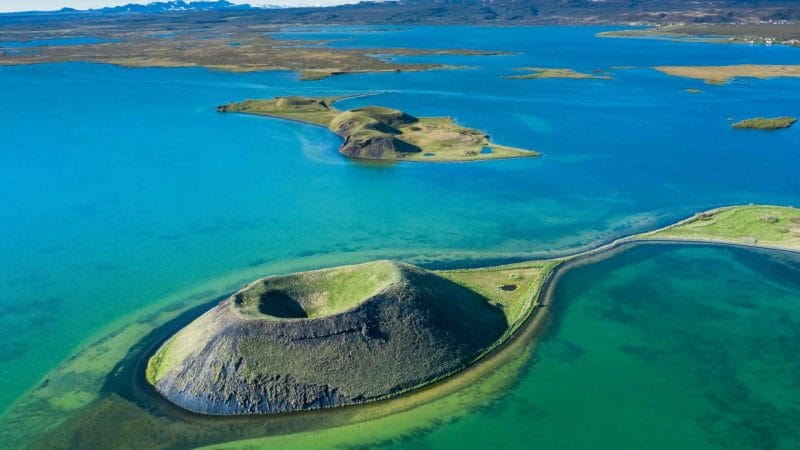


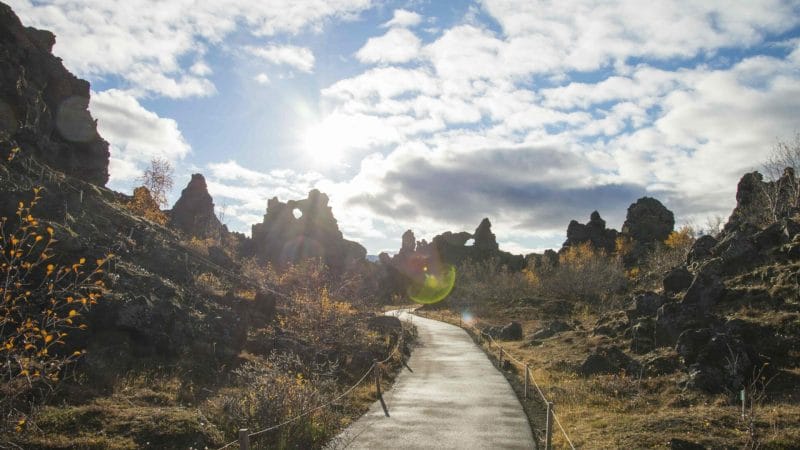
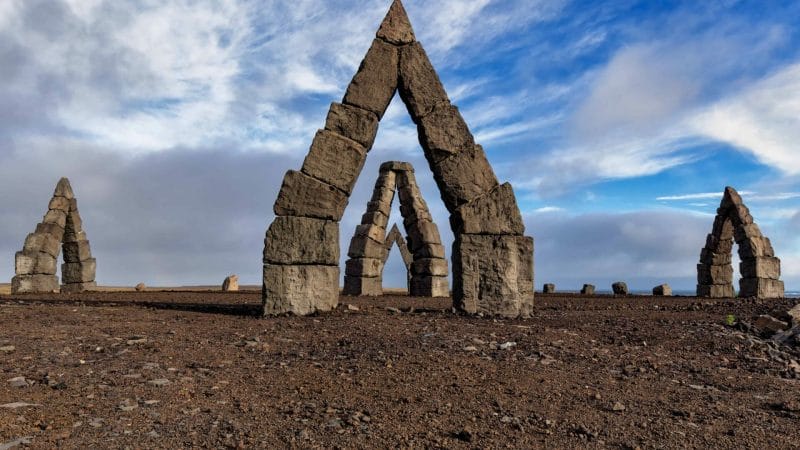





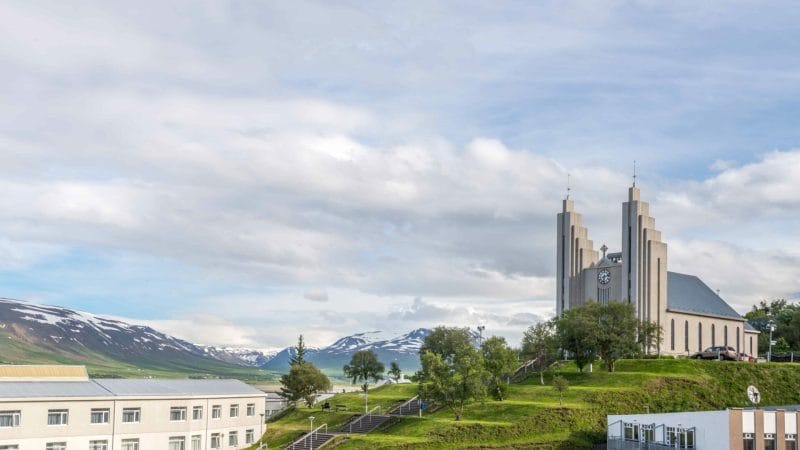
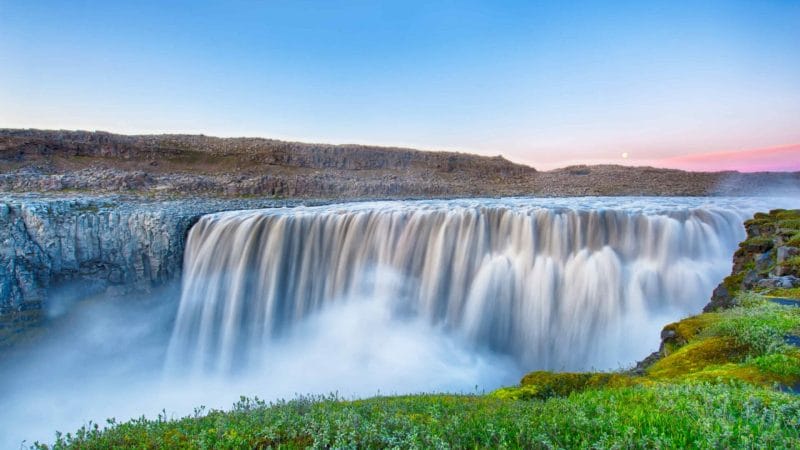







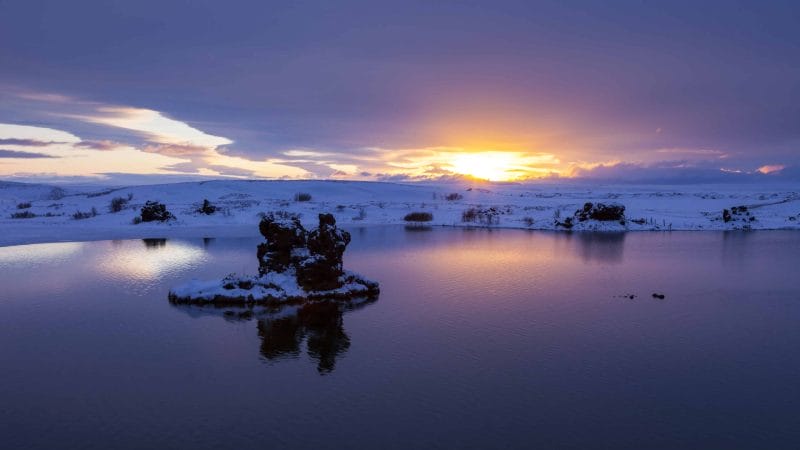

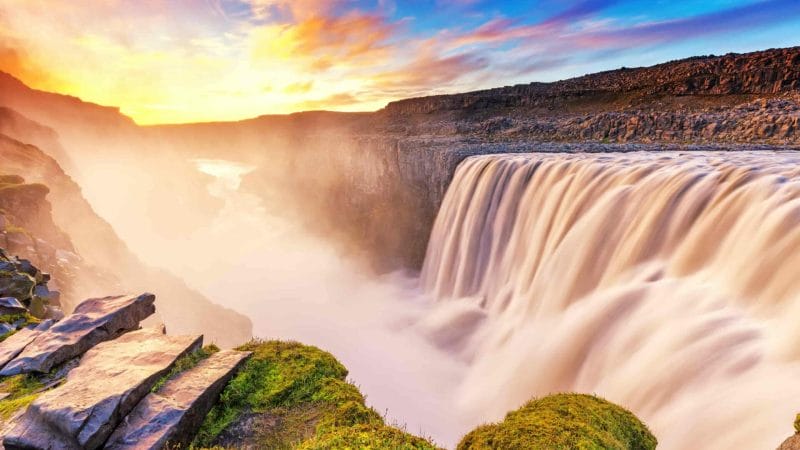




















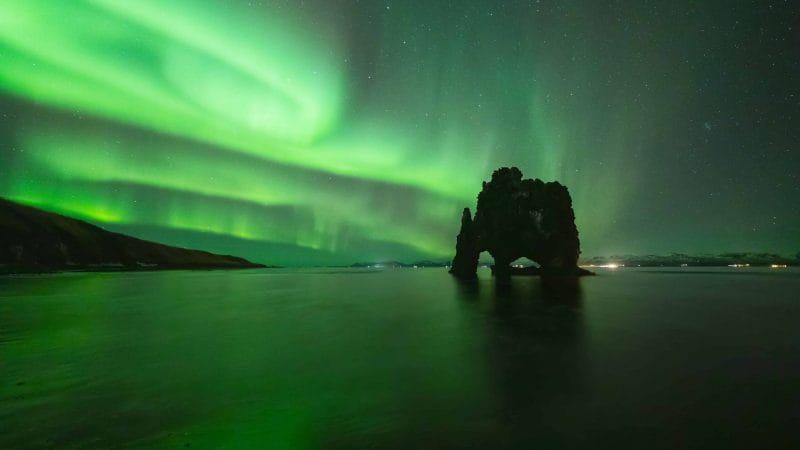

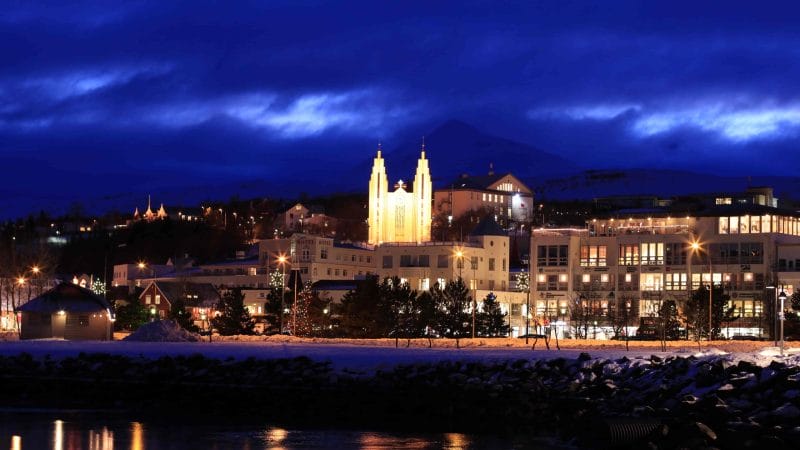
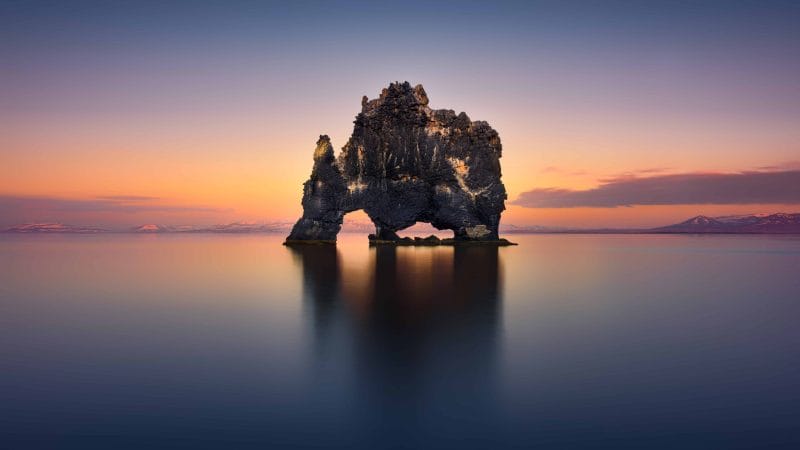




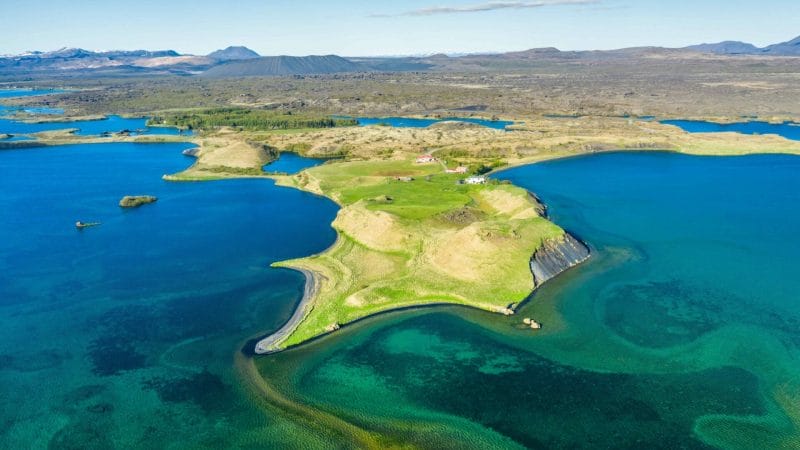






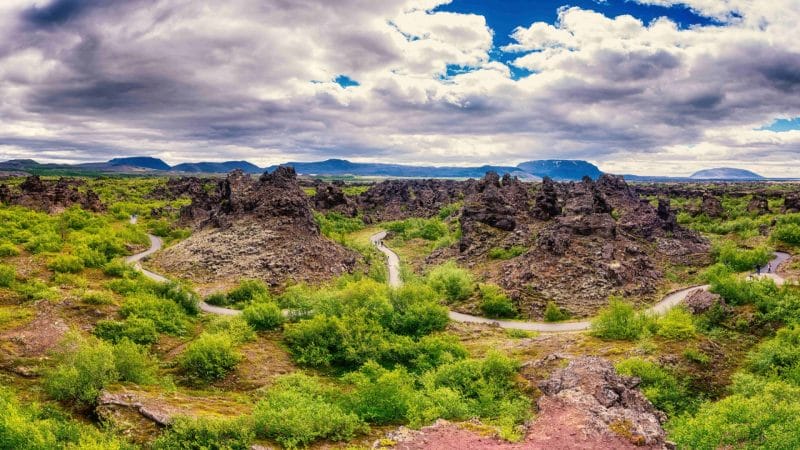

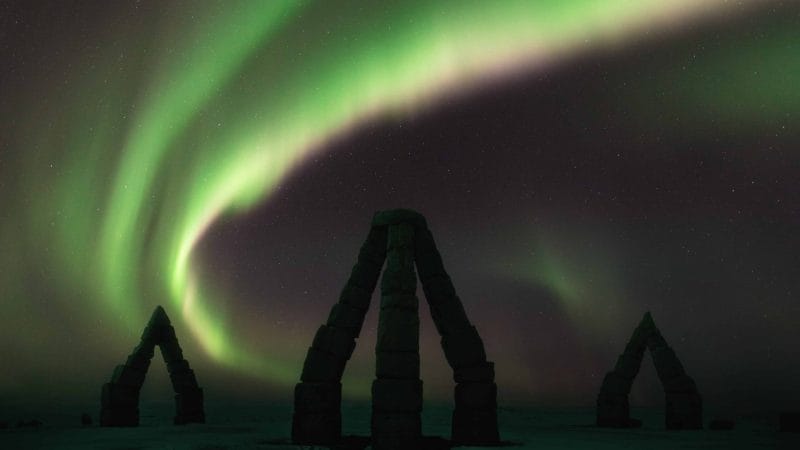



Iceland has been gaining more and more tourist visits every year which means that more and more locations are being explored by people from all around the world. But as a fact, the southern part of the country gets the greatest number of visitors with the east and west part of the country getting the rest or a part of them. The reason could be the convenience of travel with a higher number of paved roads, the huge variety of accommodation and dining spaces, the very lively nightlife of the capital city, and the presence of some of the most famous destinations, travel spots, and wonders like the Þingvellir national Park, the Blue Lagoon, Jokulsarlon glacier lagoon, Reynisfjara beach, Geysir geothermal area, Gullfoss waterfall, and Skógafoss. Several people specially come to Iceland looking to spend some time in one of these famous destinations.
But as beautiful as each one of these locations is, the increasing awareness about them has started to attract more and more crowds deeming the travels of those who are looking for some solitude unfruitful. While vacation spots are expected to be crowded and some people even prefer them that way, some others come to Iceland looking to spend some time alone with nature, companions, family, or friends. North Iceland is a gold mine waiting to be explored for these travelers who like to experience the true, rugged, powerful, awe-inspiring beauty of Iceland but keep the box of isolation checked as well.

What Is It About the North?
North Iceland is like a treasure box hidden at the end of the trail on the treasure map. This part of the country is filled with beautiful, rugged sites that encompass some of the most beautiful and picturesque landscapes of the country. From places that hold the centuries-old traditions and myths of the Norse mythologies to the ones which are one of a kind not only in the country but also in Europe. The untouched nature, glorious landmarks, and rich cultural history are what makes the north worth every second that you plan to spend. But just like any other part of the country, the places that one can visit are too many to cover in a single trip. This is why we have picked the top 10 spots that you need to visit when traveling in the north to at least get the gist of it. Most of these destinations may fall on the same route so you can easily cover them without having to get off route too often. Let’s explore the top places to explore in the north.
Top 10 places in North Iceland

Dettifoss
Even though Iceland is full of many different waterfalls, Dettifoss has something special just in its name. Dettifoss waterfall in north Iceland is the most powerful waterfall in the entire of Europe. It falls at a rate of 193 meters per second on an average transferring about 500 m3 water. The sheer strength of the waterfall makes it almost too overwhelming to take in all at once. The width of the waterfall is about 100 meters and it falls into the canyon from a height of 44 meters. The water falling at such high from this speed creates a huge number of splashes and foam in the air and you will probably get wet by the sprinkles if you are close to the waterfall.
Dettifoss waterfall falls in the Jökulságljúfur canyon and is fed by a glacial river carrying grey-white, foamy waters. The river comes from the Vatnajökull glacier which collects sediments on the way which turns the water white-grey. When you visit the Dettifoss waterfall you will find a well-maintained hiking path on the west side of the waterfall. This trail can be used to get a closer look at the waterfall while staying at a safe distance. If you start from Akureyri on the Diamond Circle in an anti-clock way, you will find that the Dettifoss waterfall to be your third big stop.
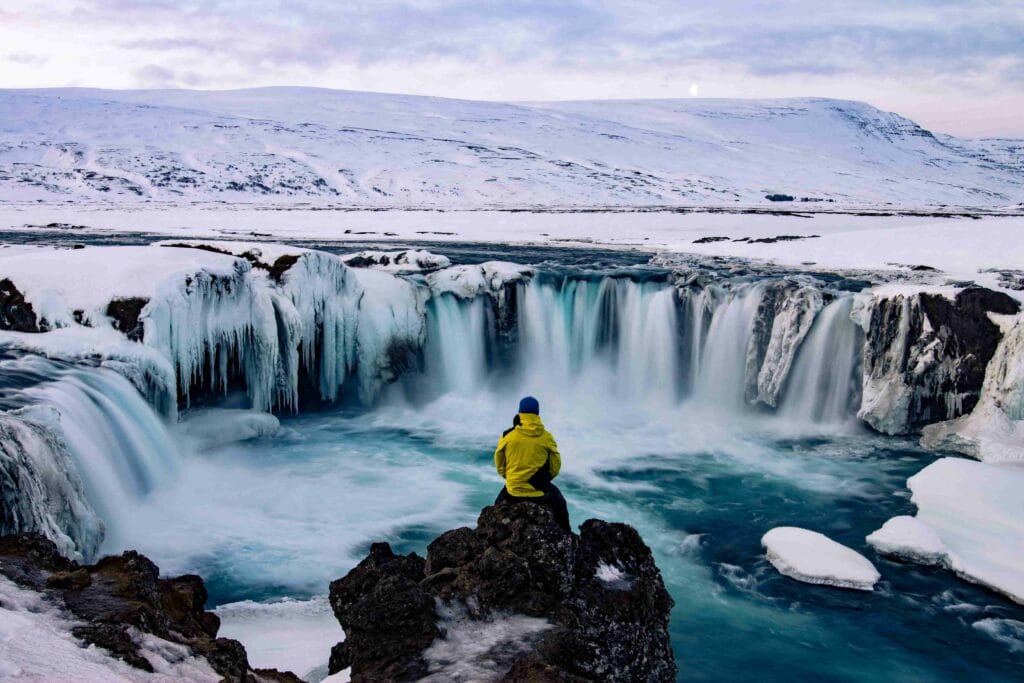
Goðafoss
Another gorgeous waterfall in the north, Goðafoss translates to the waterfall of the gods, and quite literally it is. Goðafoss got its name from a Viking incident that happened several years ago. The Ex Pagan chieftain and law speaker Þorgeir Ljósvetningagoði threw his idols of Norse gods into this waterfall after he returned from his conversion ceremony to Christianity. He is the one who regularized Christianity as the main religion of Iceland. Some urban legends say that this incident occurred in 999 CE and others mark it to be 1000 CE.
Along with its historical significance, Goðafoss waterfall also has a huge geological significance. It is one of the biggest waterfalls in Iceland. The 180 meters long glacial river called Skjálfandafljót is the feeding source for the Goðafoss waterfall. But unlike the Dettifoss waterfall, there are no safety rails or hiking trails near this waterfall so you need to approach the waterfall carefully, minding your step. Even though it will a completely different feeling when looking at a waterfall like that up close but safety should of the primary concern every time.

Akureyri
Just like Reykjavík, Akureyri is the shining gem of the north and the biggest settlement as well. It is also known as the capital in the north which represents the significance of this beautiful city. There are plenty of places that you can see, many different activities to try out, and many friendly locals that you can meet in this city. The first and foremost thing to do when you are spending some time in this city is to go skiing. North Iceland is the hub for skiing and you can find many great resorts offering this activity like Hlidarfjall. Taking a dip in well-built swimming pools of the city should be your next step. The soak will relax and if you are in a mood to play around a little more than you can choose to go to the Akureyri swimming pool which has slides and swimming pools with hot, soothing waters.
Places that you can visit when in Akureyri include Laufas turf houses that showcase the traditional way of living that Vikings incorporated in their lives, the Arctic Botanical garden, Akureyri church, and Jolahusid Christmas House which looks exactly like a house straight out of a Hallmark Christmas movie. Activities that you can try out apart from skiing and swim in the pools include taking a beer bath at Bjórböðin spa, go on a whale watching tour, horseback riding in the snow, and camp under the northern lights.
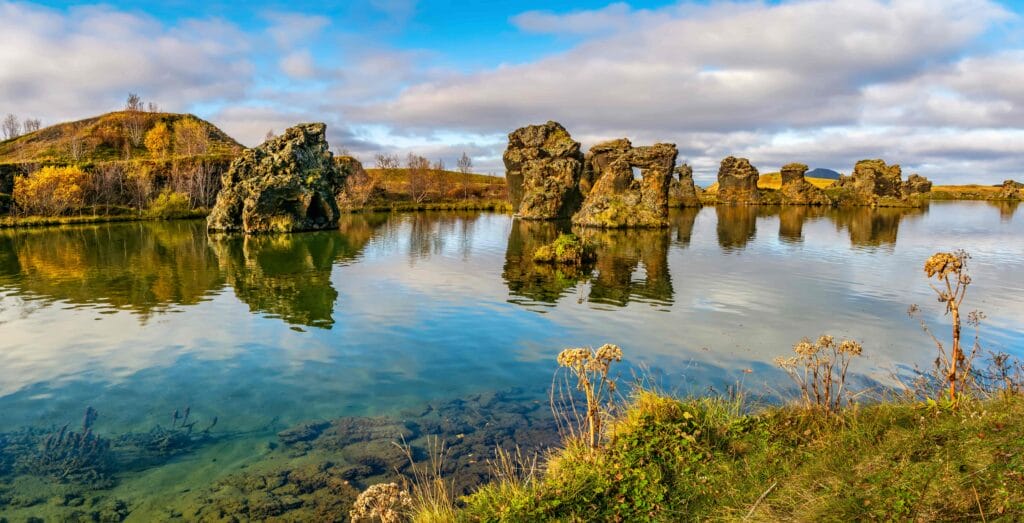
Mývatn Lake
This particular destination is quite different from other places you will find in the north. The scenery around lake Mývatn contains brilliant colors, lush green vegetation, rich marine life, and birdlife as well. Mývatn lake is the second main spot on the Diamond Circle route after Goðafoss waterfall at a distance of about 53 kilometers. This means you can easily visit this destination along whit Dettifoss and Goðafoss waterfalls.
The Mývatn lake was created as a result of a volcanic eruption that happened about 2300 years ago. Several lava rock structures can be found around and inside the lake that heeds a suggestion towards this volcanic activity that created the lake. The lake is spread across an area of a total of 36.5 km2. It is now protected by the national reserve of the country. Mývatn lake is the place where you can find the greatest number of duck species. Along with that, you can expect to find diatoms, a type of algae, plenty of aquatic char near the surface of the lake. The water in this lake is so clear that the sun rays pierce through and hit the bedrock making everything extra beautiful and glimmering.

Ásbyrgi Canyon
The land of ice and fire takes good care of their culture, mythologies, traditions, and sagas along with the natural landscape. This is one of the many reasons that make the Ásbyrgi canyon extremely special destination of the Diamond Circle. Ásbyrgi Canyon is known as “the Shelter of the gods”. The legends and has it that elves had Ásbyrgi as their capital city and several structures are claimed to be concert halls, colonies, and many other elements of civilization by the people who are more in touch with their spiritual self. This particular canyon is huge and it is the fourth stop on the Diamond Circle tour which makes it pretty viable for your travels.
Ásbyrgi canyon is said to have created when Odin’s eight-legged horse Sleipnir stepped on earth from Asgard. This legend also seems to explain the horseshoe shape of the canyon. It is 3.5 meters long, about 100 meters deep at its deepest parts and 1.1 kilometers wide. Another thing to look forward to when you visit the canyon is the Botnstjörn pond. It is a small pond located at the bottom of the canyon. There is a certain trail that you can hike down to get to the pond. It is called the Skógarstígur trail. If you are interested in hiking then there are several other trails that you can hike down. The view of the canyon consists of several different vibrant colors and lush vegetation which means that you are in for a treat.

Húsavík
If you are a fan of whale watching then Húsavík is just the right place to be for you. While there are many other places you can catch some beautiful whales and dolphins having fun in the water but Húsavík is tops all of those places. Húsavík is the whale-watching capital of Iceland and it surely lives up to its reputation as well. You can find about 23 different species of whales and dolphins. The best way to get a great whale watching experience is to book a guided tour beforehand. The boats take you in the middle of the waters so that tourists can get a good look at the fishes.
Not only that, just like any other town in Iceland, but Húsavík also has quite a lot of things to offer you in terms of sightseeing and enjoyment. You can start by visiting the Húsavíkurkirkja church. There are only 2 other churches in Iceland like Húsavíkurkirkja with a similar structure, painting, and design. It is one of the most beautiful churches you will find in the country. Make the whale museum of Húsavík your next stop. It has a 22 meters long whale skeleton on the show in the museum. Add the museum house, South Þingeyjarsýsla District Museum, the natural history museum, an art gallery, photo archives, district archives, a maritime museum, and a folk museum to your list of sightseeing in Húsavík.
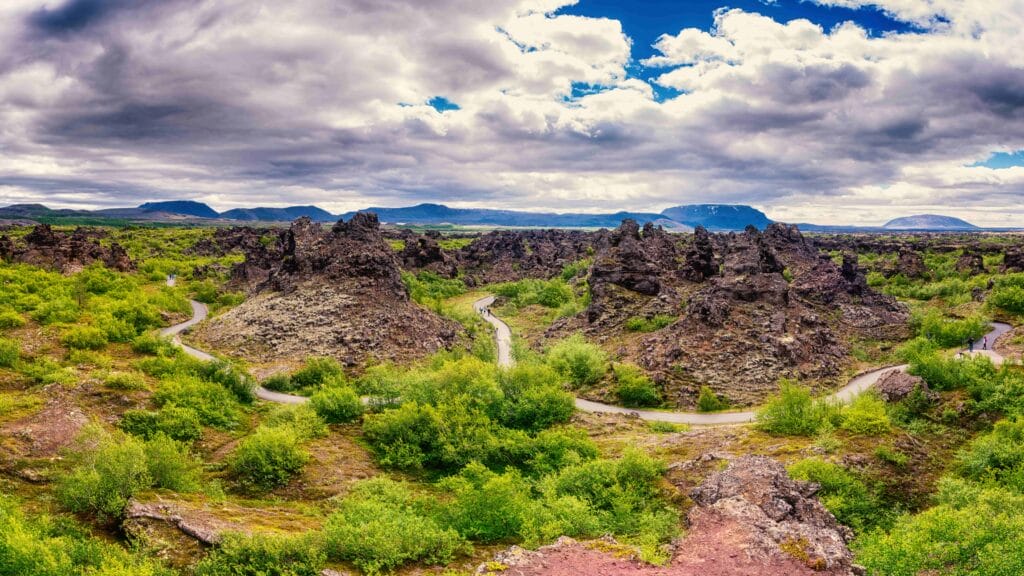
Dimmuborgir
Formed by the same volcanic eruption as lake Mývatn, Dimmuborgir is a group of very uniquely shaped lava rocks located somewhere in the east of Mývatn lake. When the lava erupted from the eruption, it flowed over the lake which cooled down the lava instantly solidifying it and creating a huge amount of steam. The lava that solidifies turned into lava rock formation which was then further broken down into pieces by the huge pillars of steam. This whole process created beautiful lava rock structures that have unique shapes which even led many observes to see it has a lava rock medieval castle with many chambers and rooms which has turned into ruins over time but has still maintained its shape. You can easily find many caves and caverns shaped lava rocks here.
Icelandic cultural believes that lava rock structures are the home of trolls and giants. Half-troll and half-ogre Grýla and her husband Leppalúði were believed to have lived in these caves and caverns of Dimmuborgir. Both these trolls had 13 sons which are also known as the Yule Lads of the country. They are also called the Santa Clauses of Iceland. They would steal sheep, supplies, and other things. So, it became a Christmas tradition to put out things like sweats and other things for the Yule lads during Christmas to appease them and prevent them from stealing the supplies from the porches. There is a hot bath near the caves where Grýla and her son live. Several tourist parties are arranged every season which are joined by tourists. People, especially children, love to bath in this pool.

Arctic Henge
This particular place is heaven for geology, history, and mythology. The Arctic Henge is associated with both the beginning and end of the world. There are stone arches and statues which are arranged in a certain to create a monument of the Norse Pagan beliefs of Icelander. The arch is inspired by a poem from Edda called ‘Völuspá’ also known as the ‘Bible’ of Norse mythology. The myth in the poem says that how the world was created and how it is destined to destroy in due time. There is a mention of several mythological creatures, the first woman and man, many mythical characters like dwarfs, elves, and such.
The Arctic Henge represents the 72 dwarfs from the poem that indicates the 72 seasons around the world. Each block of stone is inscribed with the name of a dwarf. The stone arches are arranged in a circular structure around four stone pillars. The arches are designed to ideally capture the light of the midnight sun on the day of the summer solstice. And it plays a double role when the Aurora Borealis appears. The Arctic Henge is the perfect way to catch both the northern lights and the midnight suns.

Siglufjörður
A small fishing town in the north, Siglufjörður is located in a very narrow fjord. Siglufjörður is a small space but it has many redeeming qualities. There is are several events that take place in the town and many different places that you can visit. For example, Siglufjörður’s Herring Era Museum represents the important role that the ocean played for the survival of the initial inhabitants of the country. It is the biggest Ocean Industry museum in the country. It showcases the ships from the 1950s which were used for shipping, fishing processes, and herring salting processes.
As far as events are concerned, you will find several music festivals happening in this small picturesque town. The Folk Music Centre celebrates the life of Reverend Bjarni Þorsteinsson, also known as the father of Siglufjörður. The celebrations include many folk songs, nursery rhymes, and chants that have been recorded. Another music celebration includes the annual folk music festival of the town. The scenery here is extremely beautiful. The town overlooks the mountains. There are gorgeous cliffs where Atlantic birds nest on these cliffs which means that you will have plenty of chances to go bird watching.

Hvítserkur
Otherwise known as the Troll of the northwest, Hvítserkur is a huge basalt rock bulging from the Húnaflói Bay. This basalt rock is about 15 meters tall and is a very popular nesting ground for migratory birds like seagulls, shag, and fulmar. This gorgeous rock is quite a popular spot for aurora photographers as the glimmering northern lights create a beautiful dancing scenery when they get reflected in the water. All celestial bodies including the sun, the moon, and aurora create a beautiful display for the photographs.
Scientists claim that the very peculiar shape of the rock was created due to the sedimentation of the basalt rock by the saltwater of the bay. The saltwater created three huge holes through the rock and gave it the said shape. The base of the rock had become a bit shaky which was reinforced by concrete to keep it stable. The unusual shape of the rocks makes the people drive various conclusions about the rock and various theories. Some of these theories include it being a disfigured mythical animal. One group feels that it looks like an elephant, some others find it to be more like a troll, or a rhino and some even find it to look like that of a dragon or dinosaur drinking water from the bay.
There is no ending to the list of places you can visit in the land of ice and fire. From lakes to canyons, waterfalls, and beautiful lava rocks structures, there are several places you can choose to travel to. No matter where you go through, you are sure to experience something or other unique every time which will render every single trip in the north nothing but fun and successful.
